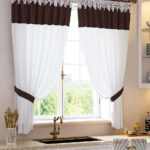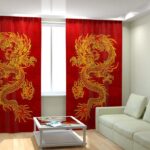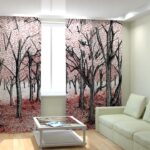Description of curtain and tulle weights
It is not enough to buy curtains, lay the fabric in beautiful folds and hang them on the windows. After all, often even an expensive fabric, after the efforts made, still looks sloppy. Accessories - curtain weights will help to solve the problem. What they are and what they are for, we will find out the answer now.

What is curtain weight
Curtain weights are metal and metal-plastic weights sewn into the fabric or in the form of decorative ornaments that add extra weight to the fabric and make it perfectly even, creating a perfect design picture.

Additional information: Weights were invented for weightless fabrics, then they began to be used for various materials, giving them presentability.
What is it needed for
Fabrics have different textured, tactile properties, as well as the structure of the canvas, but they all have one drawback - the stable form of the drapery is not preserved. Steaming and ironing will help create the desired curves or straighten the fabric, but not in all cases. Then the tulle weights come in handy.
Every woman wants to achieve perfect order and beauty in her home in the interior. Such fittings are needed if:
- the side sections of the product are rolled up or the lower edges are narrowed, opening the gaps, due to which the visual proportion is distorted;
- clear lines of vertical folds are needed;
- you need a perfectly flat surface, like a string, which is used in screen curtains;
- for beautiful corners of the canvas;
- hang tulle like Roman roller blinds using a plastic strip as part of the mechanism;
- it is necessary to avoid deformation of the curtain in the bathroom due to temperature differences;
- you need an original decor detail.
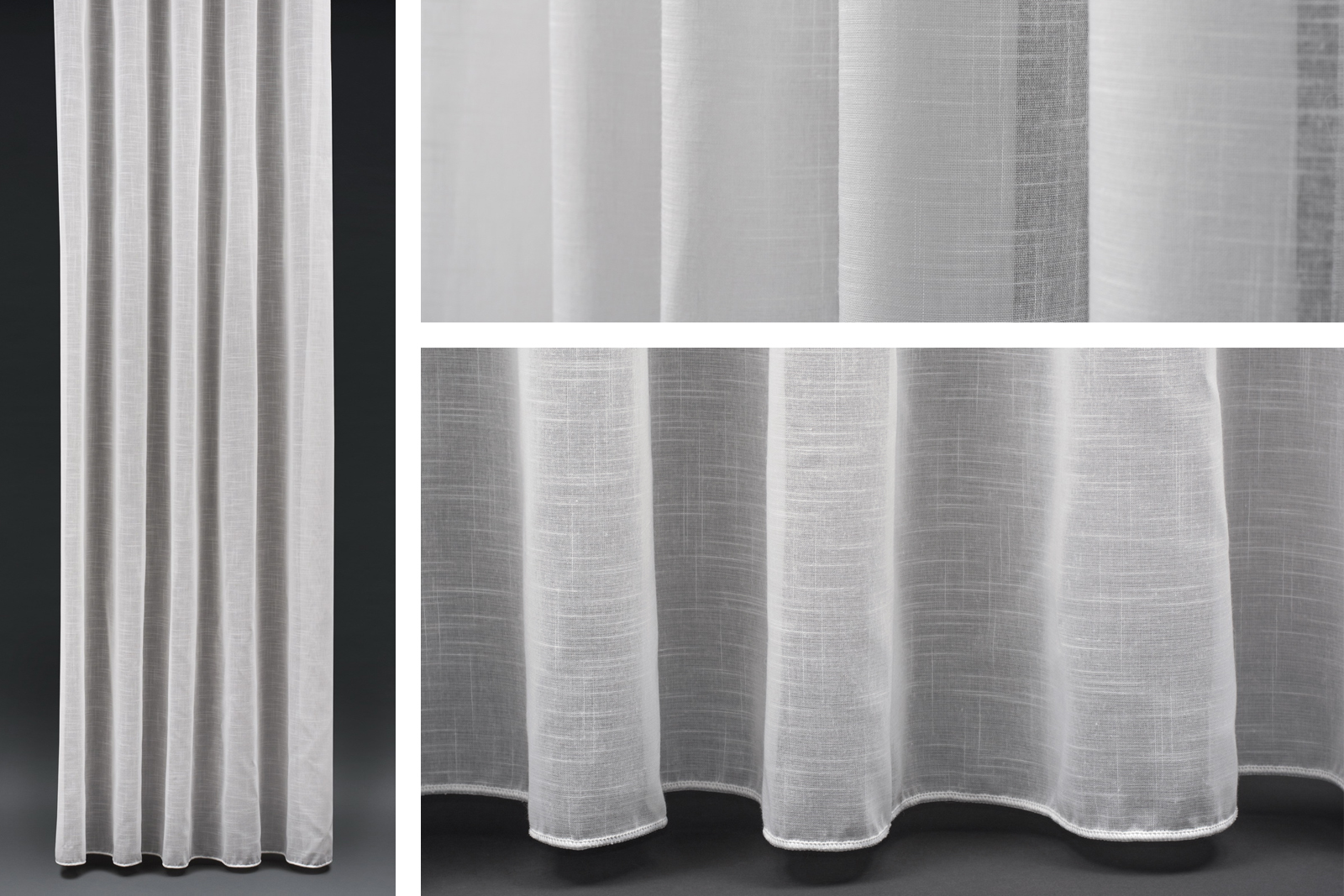
Advantages and disadvantages
The advantages of using fittings include fixing air tissues that can take off from any movement of air, even if you just walk by. Also, you will not need to straighten the drapery over and over again, especially in rooms with a balcony door.
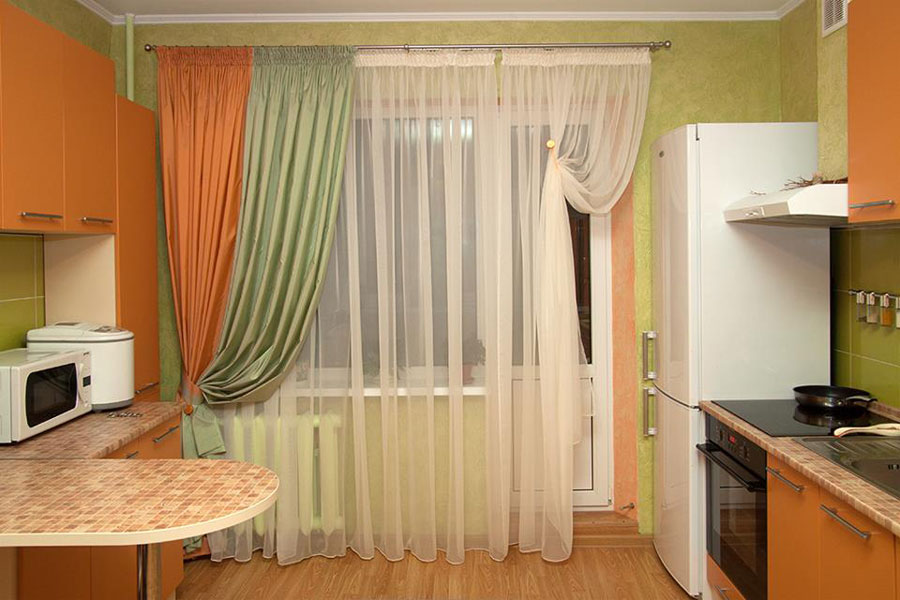
The weights will help you create a unique drapery design. You can sew it so that no one will see the accessories in the thinnest fabric or insert it into the wings, from which it is easy to remove the weighting agent for regular maintenance of the product (washing and ironing).

Most models of weights will not work for short fabrics, as the bottom section is at eye level and can attract attention. Uneven distribution of weights leads to distortion of the fabric - these are several disadvantages of using a weighting agent.
What weighting agents are
Depending on the type, weighting materials are divided into:
- Suspension weights for curtains in the form of a cone woven from threads, similar to macrame, and in a cylindrical shape on a chain, made of transparent glass, with drawings and small pendants. Fasten curtains or drapes on the sides, holding it in one position;
- The weighting cord is in the form of a lead cable, braided with synthetic threads. Sewn on the bottom edge of the canvas to tighten it.
Additional Information! The cord is in the greatest demand.
- Long, short, thin plates, metal tubes and wooden slats - weighting the bottom and side sections of the fabric, as well as aligning the corners of the fabric.

How to choose the right one
The lighter the fabric, the easier it needs a weighting agent, therefore, when choosing, this is the only factor that should be guided by when choosing.
- For organza, gauze, tulle and other similar materials, they acquire cords in white;
- For heavy fabrics such as damask, satin, and roller blinds - plates, metal or plastic, depending on the required weight. These products are in muted colors;
- For curtain fabrics, fittings in the form of a beautiful pendant, which is chosen depending on the style of the interior.

And also taking into account the weight of the weight itself: from 15 to 22 grams - lightweight materials (cords and chains), from 20 to 50 - medium weight (balls and cylinders), and from 50 to 150 grams - heavy fabrics (flat plates).
Important! In order not to skew the curtain, it is necessary to select the fittings according to these parameters.

How to sew a weighting agent with your own hands
In order to attach curtain weights with your own hands to any fabric, you need a machine with overlock modes or a needle and thread. This task has its own nuances, depending on the type of fabric.

To the curtain
You can sew weights to heavy fabrics by performing the following steps step by step:
- Bend the raw edge a few centimeters;
- Bend the edge of the material along the width of the fittings, make an allowance so that the weighting material can be inserted freely. Thus, you will get a pocket in which the weight will be placed;
- Iron the folded edge with an iron from the wrong side, fixing the bend;
- Sew or sew on;
- Insert the available accessories into the finished pocket.
- You can sew up the pocket, or you can leave it as it is to remove the weight.

There are additional options for curtain materials. For example, short plates are sewn into the same fabric as the curtain, sewn from the wrong side, distributing them evenly along the edges of the canvas. With a long plate, you can use a similar technique: fold the fabric in half and sew, as a result, the cover will come out. Insert a plate into it and sew from the inside out.

Additional Information! You can make fringe weights using cute little details like beads.
To tulle
The difficulty with tulle lies in the fabric itself. The fold will look ugly, and in the case of a decorated edge, it will not be possible at all. Step-by-step instructions on how to sew the weight on the tulle:
- Take a decorative tape or lace, sew a weighting cord on it;
- To process the edges using the "overlock" mode;
- Sew on to the curtain.

To use a weighting agent for a transparent thin material, first of all, you need to choose accessories to match the tulle. Sew directly to fabric.
How to avoid mistakes
In order not to make common mistakes, pay attention to the weight of the weights and make a choice that matches the density of the fabric. Then the weight will not be too light or, on the contrary, heavy. Choose fittings to match the color of the curtain if there is no way to make a drawstring or pocket. Do not use wooden slats for the bathroom. They will last a short time due to moisture.

It is not necessary to sew in a weighting agent along the entire length of the canvas, for heavy fabrics it is enough to be placed in the corners or hinged weights that are hung on a chain, on a curtain tape or decorative twine.
All the troubles associated with decorating window openings with tulle, using weights, should bring joy, and not be a problem. You can choose a product with a built-in weight, or purchase tulle with three-dimensional embroidery, which naturally makes the product heavier, but the choice will be limited, and the effect is not so perfect.
Video: how to hem tulle with a weighting agent






